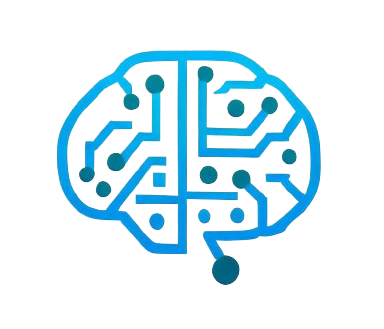Intelligent systems engineering assistant professor Feng Guo from Indiana University’s prestigious Luddy School is at the forefront of addressing the existing technical constraints of AI hardware. His innovative solution involves the creation of a novel integrated computing structure, referred to as “Brainoware.” This system ingeniously fuses electronic components with lab-grown brain tissue models.
 Contemporary AI practices, including the fields of machine learning and deep learning, rely heavily on high-powered computing chips, which unfortunately consume vast amounts of energy. To tackle this issue, engineers have been developing neuromorphic computing architectures inspired by the neural framework of the human brain to enhance the performance and power efficiency of AI applications. Even so, these neuromorphic systems have limitations, as they principally operate on digital electronics. Guo, along with a group of Indiana University’s diligent researchers, such as postgraduate scholar Hongwei Cai, has produced a pioneering neuromorphic computing approach. This approach involves positioning a brain-like tissue culture on a sophisticated electrode array to facilitate the two-way transmission of data. These organoids, grown from stem cells, feature a concoction of brain cells including neurons and glia, and mimic the complex structure of the brain, such as the ventricles.
Contemporary AI practices, including the fields of machine learning and deep learning, rely heavily on high-powered computing chips, which unfortunately consume vast amounts of energy. To tackle this issue, engineers have been developing neuromorphic computing architectures inspired by the neural framework of the human brain to enhance the performance and power efficiency of AI applications. Even so, these neuromorphic systems have limitations, as they principally operate on digital electronics. Guo, along with a group of Indiana University’s diligent researchers, such as postgraduate scholar Hongwei Cai, has produced a pioneering neuromorphic computing approach. This approach involves positioning a brain-like tissue culture on a sophisticated electrode array to facilitate the two-way transmission of data. These organoids, grown from stem cells, feature a concoction of brain cells including neurons and glia, and mimic the complex structure of the brain, such as the ventricles.
Brainoware revolutionizes the way we think about AI processors by utilizing the adaptive qualities of a living brain organoid. This organoid acts as a dynamic system capable of unsupervised learning, processing patterns over time and space thanks to the innate neuroplasticity of the organoid network. Guo highlights that this method not only propels the evolution of AI in terms of neural network complexity but does so with the benefits of minimal energy usage and swift learning processes. Their groundbreaking findings are featured in the journal Nature Electronics. By integrating these brain organoids into their computing model, the research team has unlocked significant prospects for enhancing reservoir computing systems. These systems are a variant of neural networks that selectively capture and process information by reacting to sequences of electrical impulses. In their experiments, Brainoware proved its proficiency in rapidly discerning vocal patterns and resolving intricate nonlinear equations.
Guo elaborates, explaining that with dedicated electrical training sessions, their system successfully learned to differentiate vowels from a variety of speakers autonomously. “With the training, we promoted unsupervised learning in our hybrid computing structures,” he states. Guo’s research excellence has been acknowledged with substantial funding for his inventive AI-integrated lab-on-a-chip systems and his work on a sensor patch for identifying opioid overdoses. His current research lab is dedicated to the pioneering of smart biomedical systems combining AI advancements with device, sensor, and system innovations for applications in life sciences and medical research.
